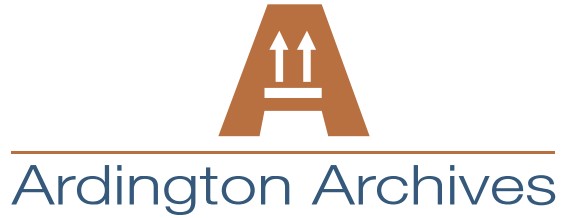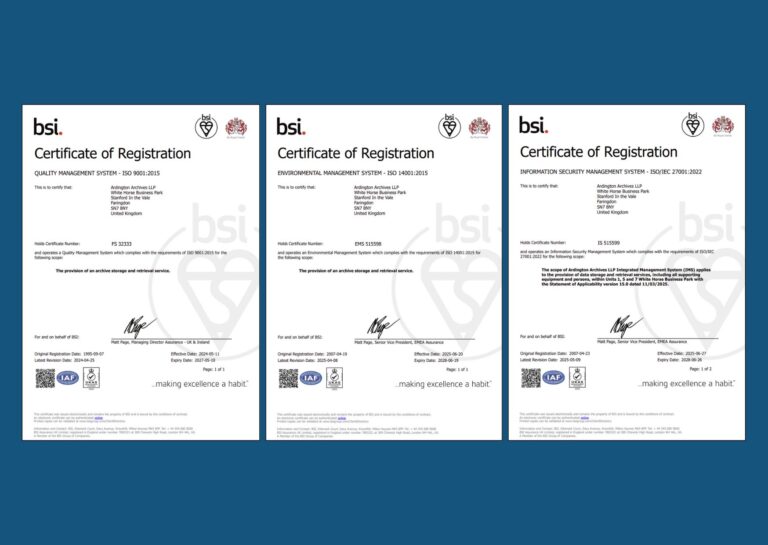- For retail items in shops (except fresh produce).
- For retail chain membership cards.
- In doctors’ surgeries and hospitals, to identify patients (in order to access patient data, including medical history, drug allergies, etc).
- To monitor the location of, for example, rental cars, airline luggage, and registered and express mail.
- For tickets allowing access to sports arenas, cinemas, theaters, fairgrounds.
- For transport tickets.

Barcode History
The history of barcodes stretches back to 1948 when Bernard Silver, a graduate student at Drexel Institute of Technology in Philadelphia, overheard the boss of a local food chain asking one of the deans to research a system to automatically read product information during checkout. Interested by the issue, Silver told his friend Norman Joseph Woodland about it. They started working on a variety of systems, and in October 1949 filed a patent application for ‘Classifying Apparatus and Method’.
Barcodes are more than just labels. They’re essential to accurately identify, track and record box activity. With our barcode system, each file is easy to locate, manage and audit. This precision ensures complete accountability across your archive.
Various systems were tried on American railroads during the 1950s and 1960s but were dogged by operational issues. It wasn’t until the late 1960s that RCA, which had purchased the rights to the original Woodland patent, took up the idea of automated checkout systems for retail use. A wide variety of barcode approaches were studied, and in 1972 RCA began an 18-month test, which eventually produced a commercially viable workable system. On 26 June 1974, at Marsh’s Supermarket in Troy, Ohio, Clyde Dawson pulled a pack of Wrigley’s Juicy Fruit gum out of his basket and it was scanned by Sharon Buchanan at 8:01 am. The pack of gum and the receipt are now on display in the Smithsonian Institution.
The global public launch of the barcode was greeted with scepticism by some who viewed barcodes as an intrusive surveillance technology – as well as by some Christians who thought the codes hid the number 666.
How We Use Barcodes
Barcoding is at the heart of how we track and manage your documents. Every box or file stored with us is tagged with a unique barcode, allowing precise tracking and quick retrieval. Our system means nothing gets lost, and everything is easy to locate. We can tell you exactly where your records are, when they arrived, and when they were last accessed.
Common Uses of Barcodes
Barcodes are now a ubiquitous aspect of modern life, allowing their users to organise large amounts of data, conduct transactions speedily and with a minimum of error, and identify people and items accurately. Among other things, they are used:



